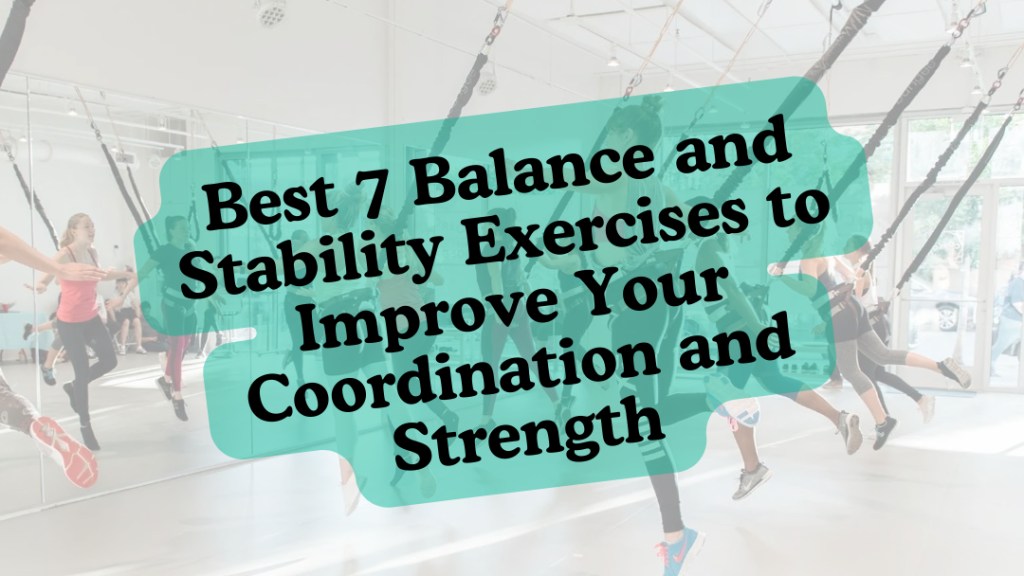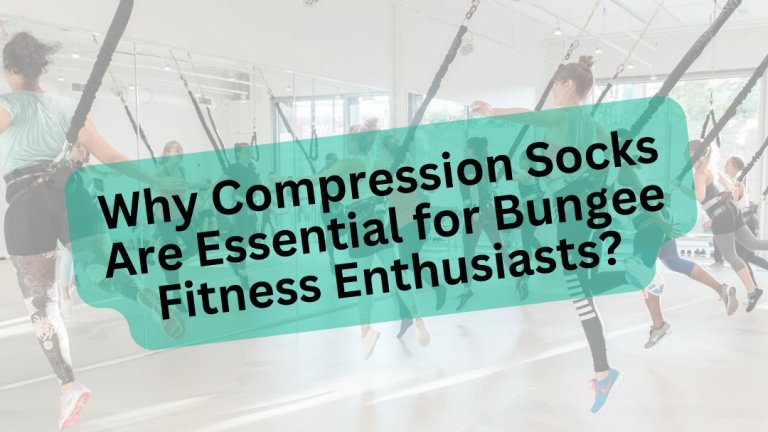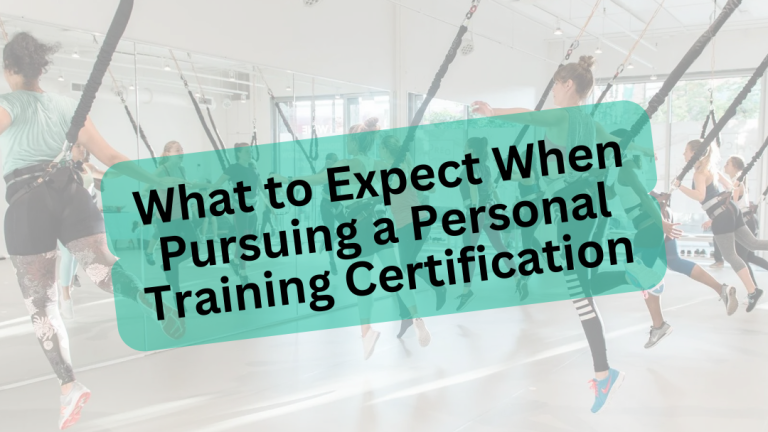Best 7 Balance and Stability Exercises to Improve Your Coordination and Strength
You are an athlete, a fitness fan, or you only start enhancing your health, in any case, you should work on maintaining balance and stability. They are commonly neglected aspects of fitness, which are fundamental in the daily activity, protection of injury and sporting capabilities. And in this ultimate guide, we shall unearth the Best 7 Balance and Stability Exercises that will aid you in gaining more coordination, posture, and control of the body muscles.

Balancing and stability exercises do not just strengthen the body core and stabilizer muscles, but also enhance proprioception which is the ability of your body to sense its location in space. These exercises can be scaled to all levels, whether you are a novice or an experienced trainee, and yield on long run.
So, we want to explore the Top 7 Balance and Stability Practice exercises that would be able to change your fitness practice.
Single-Leg Deadlifts
Single-leg deadlift is one of the best posterior chain building exercises with a great emphasis on balance. It doesn t only work your glutes, hamstrings and lower back but also works your core trying to provide stability.
How it is Done:
Tips:
The use of Single-leg deadlifts has its position in the Best 7 Balance and Stability Exercises list due to the strength activation and the challenges of the coordination.
2- Stability Ball Plank
The stability ball plank is a conventional plank and its complexity further increased with the introduction of an unstable surface. This difference enhances essential participation and foster correct postural stance.
Performance:
Tips:
It is one of the exercises the Best 7 Balance and Stability Exercises recommend since it helps to build strong muscles of the deep core and give the entire body more control.
3- BOSU Ball squats
A BOSU ball squat is a step above a regular squat, and makes you balance on an unsteady surface. This makes your core, legs, and supporting muscles to be pushed.
Guide to Performance:
- Place your feet shoulder width distance to the flat side of the BOSU ball.
- Squat down by thrusting your hips to the rear and bend your knees.
- Stay balanced and go back to the standing posture.
Tips:
- Beginners should use some object (usually a wall) to support themselves.
- Look straight and hold your chest.
BOSU squats will be a must-add in your routine in performing Best 7 Balance and Stability Exercises focusing on the dynamic development of strength in your lower body.
You may also visit: Bungee Fitness
4- Bird-Dog:
Another effective, but rather easy to perform exercise is the bird-dog, which trains the stability of the spine and improves the coordination of the body. It is especially excellent with people or beginners who are rehabilitating injuries.
The Method of Performance:
Tips:
Best 7 Balance and Stability Exercises have the bird-dog as the central favorite in aiding the development of movement symmetry and trunk stability.
Lateral Band Walks
Lateral band walks gives action to the glute medius which is an important stabilizer of your hip and knees. This drill enhances cross side control which is associated with an athlete and daily movements.
How to Do:
Tips:
The reason to include this movement in the Best 7 Balance and Stability Exercises is that it helps to reinforce stability of the hips and lowers the injury risk.
Knee Standing Knee Drive with Arm Reach:
An active exercise, the standing knee drive with arm reach will aid in improving the single-leg balance, coordination, and functional movement patterns.
The Accomplishment:
Tips:
- Emphasis should be placed on balance and core tension.
- Conduct slow reps at the beginning and switch to explosive reps.
This is one of the Best 7 Balance and Stability Exercises, it combines low-body control with the upper-body coordination and simulates the real movements.
Tandem Walk (Heel to Toe Walking)
This seemingly easy drill is superb in polishing neuromuscular synchronization, and ankle stability, of particular use in elderly or in post-injury rehabilitation.
Dancer: How Perform:
- Walk in the straight line by bringing the heel before toes in every step you take.
- Place your eyes ahead and your arms out to balance.
- Take 10, and 15 steps; back again.
Tips:
The heel-to-toe walk forms part of the Best 7 Balance and Stability Exercises as well as in physiotherapy practice when recreating coordination and stability.
What Difference Balance and Stability Exercises Make:
Although it is easy to be distracted by strength training and cardio, balance and stability are equally important particularly in older age or when engaging in dynamic activities. Using the Best 7 Balance and Stability Exercise in your weekly regimen has the following benefits:
Injury Prevention: These exercises strengthen the joints and decrease frequent sprains, falls or overuse injuries.
Better Athletic performance: Balance training will help improve agility, speed, as well as reaction time which is essential in sports.
Postural Control: Good core stability results in a better posture, which results in fewer back pain and neck pain.
Functional Fitness: Balance is the major role in day to day tasks such as walking, bending, and reaching.
What Frequency Do You Do Balance and Stability Training?
To achieve the best outcome, you should strive to introduce 2-3 balance-centered sessions each week. The Best 7 Balance and Stability Exercises can be done as a warm-up during a work-out, a cool-down after a work-out or as a circuit training exercise.
Pro Tips:
Move from bodyweight to resistance or ability to free tools (Resistance bands, BOSU balls, and stability balls).
Available Equipment That May Assist
Most of the Best 7 Balance and Stability Exercises, though, can be completed using minimal (or no) equipment, some may add more impact using some tools:
Conclusion:
Having a better balance and stability will change your overall fitness, regardless of your age or the level of activity you participate in. With the informational support given to you in the Best 7 Balance and Stability Exercises, you will be able to increase your core strength, have more coordination, and have fewer chances of being injured, making your body be stronger functionally.
These workouts are easy to modify, efficient, and they can be carried out virtually everywhere using little gear. Start at your slow pace and maintain a steady routine, but keep yourself successful by testing yourself to bring your balance training to another level.
why not start? Start learning the Best 7 Balance and Stability Exercises now to feel a much healthier and steadier you.






